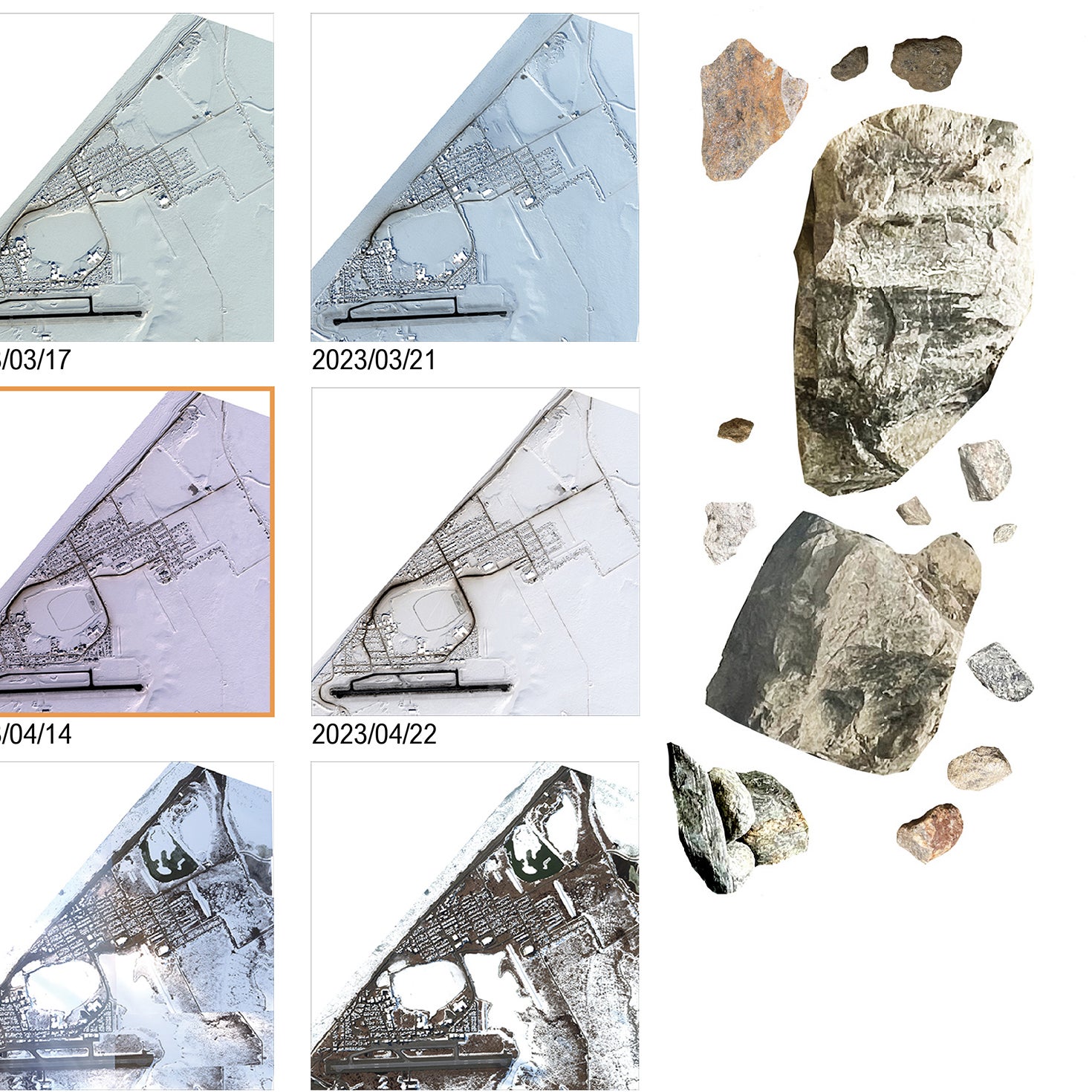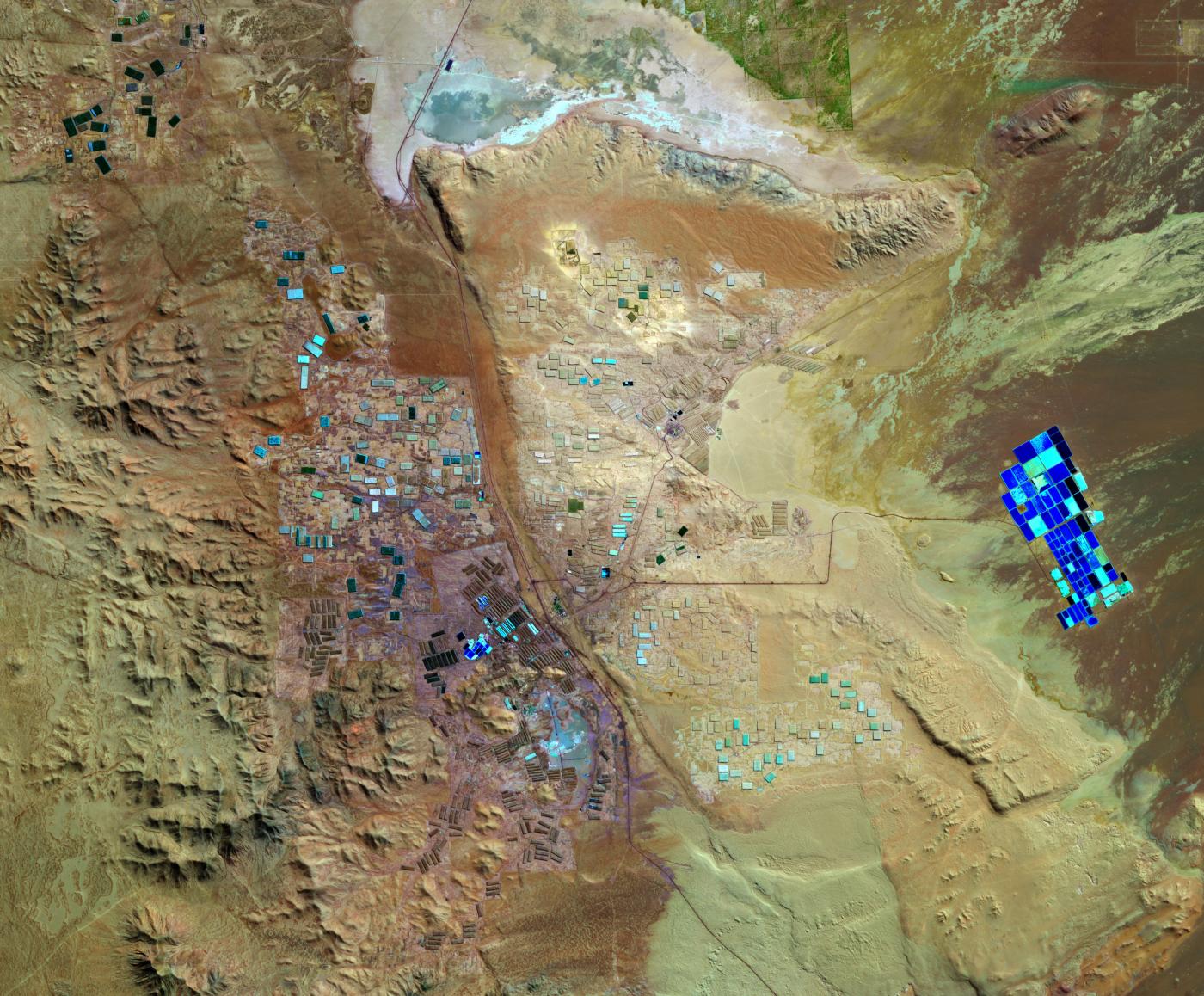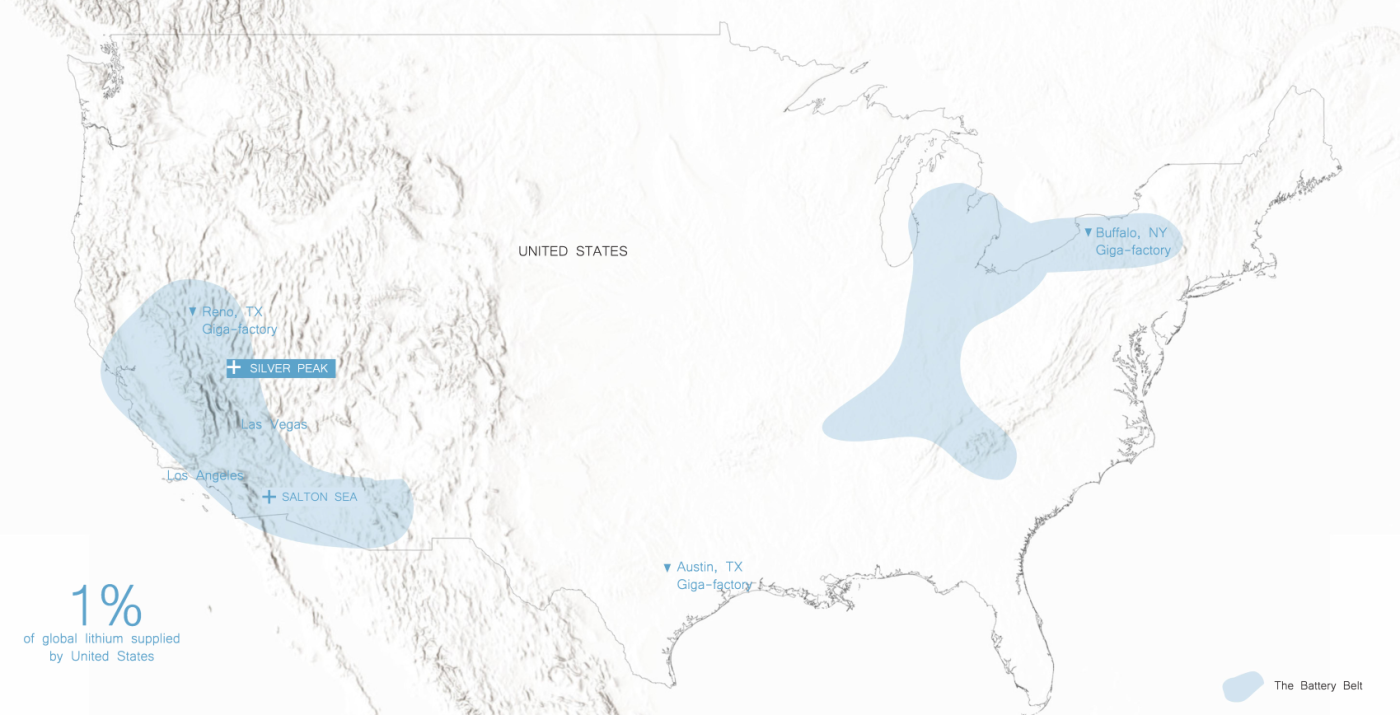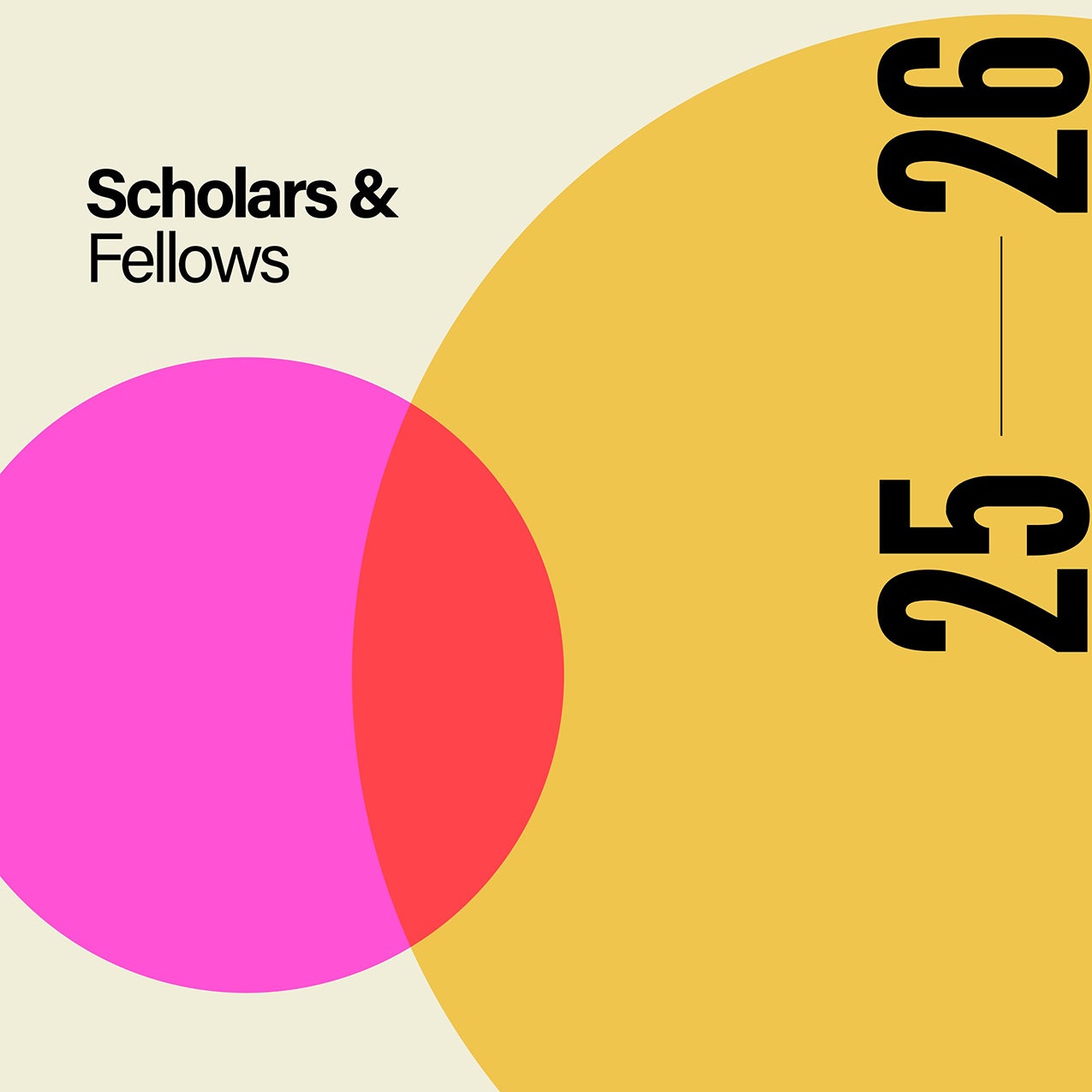
UVA Researchers awarded funds to advance clean energy innovations in lithium recovery
The University of Virginia continues to support innovations in research on clean energy as part of their Explore-2-Build (E2B) initiative that is funded through the Grand Challenge investment in Environmental Resilience & Sustainability as part of the University’s Great and Good 2030 Plan.
The E2B on Clean Energy initiative recently awarded three cross-disciplinary research proposals $300,000 each to develop 3-year projects advancing the science, technology, and adoption of clean energy technologies — ranging from the study of lithium recovery to super-rated wind turbine technology, and to the use of hemp in environmentally friendly agricultural systems.
The School of Architecture’s Mona El Khafif, Associate Professor of Architecture and Urban and Environmental Planning, is Co-PI on the research team that will explore the global challenges associated with lithium recovery during battery recycling. The team, which includes lead principal investigator Gary Koenig (Chemistry) and Co-PIs, Geoffrey Geise, (Chemical Engineering) and Lisa Colosi Peterson (Civil Engineering), join El Khafif to address the life cycle of Li-ion batteries, the dominant technology and market leader in the electrification of vehicles. Their selected project is titled: Global Lithium Challenges: Lithium Recovery During Battery Recycling. This work, recently presented at the Environmental Futures Forum, builds upon support provided by UVA's Environmental Institute seed funding program.

In the fifteen-year span from 2007 – 2022, lithium production increased from 25,000 to 130,000 tons per year. As Li-ion batteries offer the promise of transitioning away from fossil fuels and being a primary resource in electric vehicle technology, looking ahead to their recycling is a necessary component for their responsible adoption. Over the coming decade, many of these batteries will reach the end of their service life, and scalable processes will be needed to sustainably and economically extract critical resources that went into their production.
The research team will focus on the selective and efficient extraction of lithium from spent Li-ion batteries to advance the sustainability of electrification and the transition to clean energy. Their work will include studying the fundamental material properties of lithium, as well as, the broader considerations of economic implications, life cycle impacts, and effects on the built environment surrounding the rollout of Li-ion battery technology.

Given that the United States and many other nations have relatively limited domestic supplies of lithium, capturing this in-demand resource via battery recycling is a social and environmental imperative to avoid excessive mining activities while providing a robust supply of locally sourced lithium. The global life cycle challenges of lithium extraction and battery production also served as the basis of a recent series led by El Khafif titled “Powering the Just Global Energy Transition: A Lithium Trilogy” which included presentations and discussions on extracting, manufacturing, and consuming lithium products.

For more visit: https://www.lithiumterritories.net/pedagogies/lithium-matters
Funded by the Center for Global Inquiry and Innovation at UVA and developed in concert with research studios and seminars, the symposium brought together leading experts to unpack lithium’s place in a technological revolution that promises to decrease negative environmental impacts, but that must be carefully studied to avoid harmful implications for the social and ecological fabric of mining regions.
The research team, through this newly funded Explore-2-Build project, will continue to build UVA’s leadership in developing understanding and technology towards extraction and processing of this critical element and its role in the clean energy transition.


